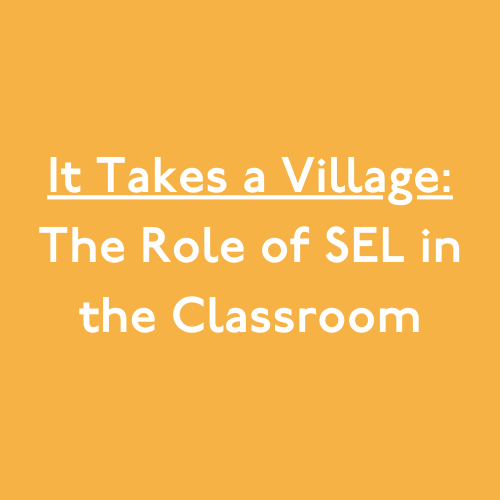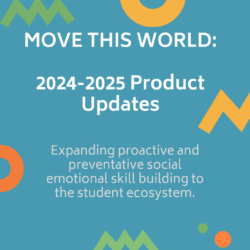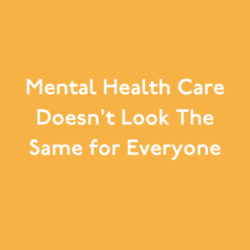Systemic social emotional learning provides schools with a defined framework for creating equitable, positive, and supportive learning conditions that foster the development and growth of all students.
It takes a village to support students’ social emotional development. A systemic approach to implementing SEL requires all stakeholders to pitch in and create the learning conditions children need to grow, but when many think of SEL, they think of the role teachers play in the classroom.

“Starting each day with a comforting, familiar, and emotion-focused routine prepares students to do their very best at school.”
Alex Armor, Counselor at Mangum Elementary School in Durham Public Schools, North Carolina
SEL in the classroom
The classroom is where students spend most of their time at school. The practices and procedures in classrooms have the most significant impact on students’ academic performance and feelings of safety and belonging. SEL should provide educators with strategic ways to support learning relationship-building.
Elementary school teacher Jaclyn Kowalchuk from Aiken County Public School in South Carolina practices SEL in her classroom every morning to start the day. She explains, “We use the Emogers [emotion managers] and wording from Move This World when a child is too excited, angry, or upset. I say, ‘Take a breath, count to 10’ or ‘Tighten and release’ or ‘Get a drink of water.’ We talk about when to look for help, especially on the playground. When I am proud of them for their achievements, I say, ‘Do you want a smile, hug, or a fist bump?'”
Educators also integrate SEL into academic content areas to help students apply skills like perspective-taking in history, empathy in ELA, and problem-solving in science. Being able to explicitly name these skills and provide additional opportunities for students to practice them in non-academic settings helps improve academic performance.
Learning is social, but any teacher knows that students do not simply start collaborating because they’ve been placed in a group together and given a project. Collaboration takes time and requires many SEL skills, like active listening, communication, goal-setting, and more.
Meghan Camacho is a teacher at CICS West Belden from Distinctive Schools in Chicago. She explains how SEL skills show up throughout the school day. “We use the SEL skills to start our day, during conflicts at recess, in partner and group work, and when we have big feelings to work through.”
As facilitators of social emotional learning, teachers should be empowered and supported to allow for more application and practice of SEL skills authentically throughout the day. SEL programs should build adult capacity for SEL, offer feedback and coaching to provide specific support for unique classroom needs, and give the educators SEL tools to care for their wellbeing, too.
Principal Mindy Chevalier of Belle Plaine High School in Belle Plaine, MN, focuses on the impact SEL can have on educators in the school, explaining, “We measure the impact of SEL in our school in numerous ways. We look at the culture of our building, how our students act and treat each other and staff every day. We expect our staff and students to be RED – Respectful, Engaged, and Dependable.”
More SEL resources for the classroom
Learn more about our foundation SEL programs for every grade level
Toolkit for supporting mental health and integrating SEL into academic content areas
Partner Spotlight: Building a Positive Learning Culture in Distinctive Schools
Classroom spotlight on keeping students connected during remote learning










